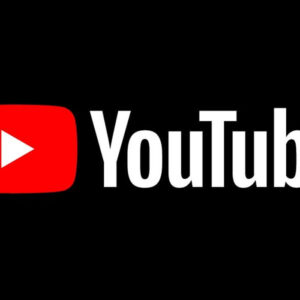If you’ve ever stumbled upon a “410” error while browsing the web, you might have wondered what it means and how it relates to SEO. In this article, we’ll demystify the what does 410 mean error and its significance in the realm of Search Engine Optimization. We’ll break down the technical jargon and explain it in plain, easy-to-understand language, so even if you’re not an SEO expert, you’ll be able to grasp the concept.
Understanding HTTP Status Codes
Before diving into the specifics of a 410 error, let’s briefly discuss HTTP status codes. These codes are three-digit numbers that web servers use to communicate with web browsers, indicating the status of a web page request. Common status codes include 200 (OK), 404 (Not Found), and, of course, 410 (Gone). Each code conveys different information about the requested page, allowing browsers to handle the request appropriately.
What Does 410 Mean
The 410 error, also known as “Gone,” is an HTTP status code that tells search engines and website visitors that the requested resource is no longer available, and there is no forwarding address. Unlike the more familiar 404 error, which simply means “Not Found,” the 410 error signifies that the page once existed but has been intentionally and permanently removed. In essence, it’s like saying the page is gone for good.
Importance of 410 Error in SEO
Now that we understand what a 410 error means let’s explore its importance in the context of Search Engine Optimization. When a page returns a 410 status code, search engines interpret it as a strong signal that the page is no longer a part of the website and should be removed from their index. This prompt removal from the index is beneficial for several reasons:
Avoiding Duplicate Content Issues
Having duplicate content on your website can harm your SEO efforts. It confuses search engines and leads to a dilution of page rankings. By serving a 410 error for removed pages, you inform search engines that this content is gone, reducing the risk of duplicate content issues.
Preserving Crawl Budget
Search engines allocate a limited crawl budget to each website. Crawl budget refers to the number of pages search engines are willing to crawl and index on your site. By promptly returning 410 errors for removed pages, you ensure that search engine bots focus on crawling and indexing your relevant, active content.
Enhancing User Experience
Imagine clicking on a search result, only to land on a page that doesn’t exist. It’s frustrating for users, and it reflects poorly on your website’s credibility. Utilizing the 410 error code ensures that users are informed immediately when a page is permanently gone, leading to a better user experience.
How to Implement the 410 Error
Implementing the what does 410 mean error correctly is crucial for it to be effective in terms of SEO. Here’s how you can do it:
Configure the Server
You can configure your web server to return a 410 status code when certain conditions are met. This involves editing your server’s configuration files, and the process can vary depending on the server software you’re using.
Identify and Remove Obsolete Pages
Before serving a 410 error for a page, ensure that the page is genuinely obsolete and has no equivalent or updated version. Conduct a thorough audit of your website to identify and remove such pages.
Customize the 410 Page
When a user encounters a 410 error, they will see a default error page. Customize this page with a clear message, informing users that the page they were trying to access no longer exists and suggesting alternative resources or pages on your website.
Conclusion
In conclusion, the 410 error plays a vital role in SEO by signaling to search engines that a page is permanently gone. By using this status code correctly, you can prevent duplicate content issues, preserve crawl budget, and enhance the user experience. Remember to implement the 410 error accurately and provide useful information to users when they encounter it. Embracing the what does 410 mean as part of your SEO strategy will undoubtedly contribute to better search rankings and a more user-friendly website.







